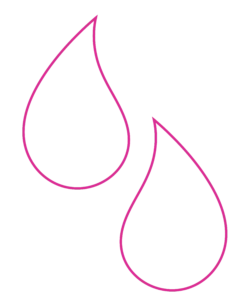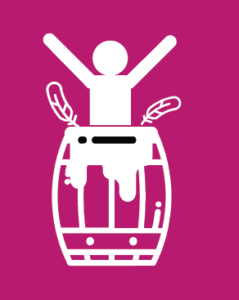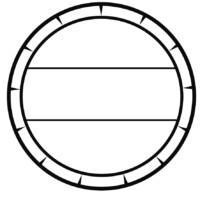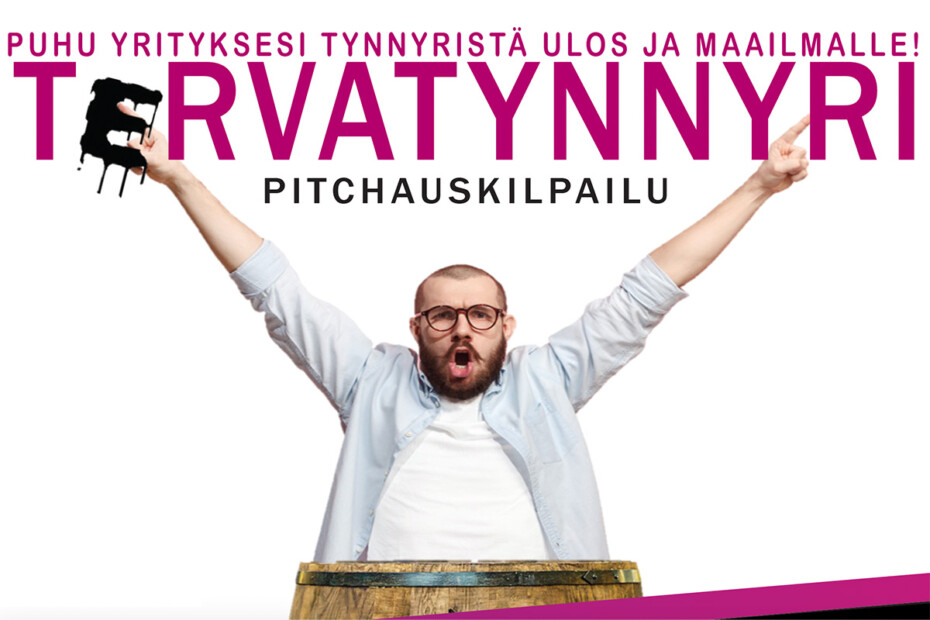The beginning of the story is set in an enthusiastic and innovative group that gathered together to ponder new ways to bring forth ideas. This was not just any group, but one whose members had a desire to think creatively and boldly. Within the group, the idea of something symbolic emerged, something that would be both historical and new at the same time – and thus Tervatynnyri was born.
As Arto mentions in his blog, Tervatynnyri was not just a name, but there was a deeper meaning behind it. The first thought was that something completely new was needed – something that would bring forth ideas, rather than ready-made businesses. “Let’s not ruin this with entrepreneurship,” someone in the group chuckled with a twinkle in their eye, but the thought lingered in the air: it wasn’t about an immediate business venture, but about sowing the seeds of something promising.

The symbolism of the Tervatynnyri (tar barrel) returned to the early 19th century, a time when tar was Kokkola’s pride and main export product. Tar traveled in barrels across the world’s seas, and it was a lifeline for many residents of the region. Now, over a century later, there was a desire to find the modern-day “tar” – those ideas that would be as valuable and significant as tar once was. What innovations could put Central Ostrobothnia back on the world map?
The barrel itself also had a deeper symbolic meaning. Many innovative ideas in Central Ostrobothnia seemed to remain hidden – as if they were locked in a barrel from which they could never escape. The idea was that through the Tervatynnyri, these ideas would be spoken out of the barrel and be heard in the streets and squares – to grow and flourish.

There was also a kind of reference to the Polar Bear Pitching competition held in Oulu, where companies pitch their ideas from an ice hole. The idea was thrown out that pitchers could present their ideas as if they were breaking out of a barrel filled with hot tar—figuratively breaking out of the old and presenting a new, fresh vision. The tar might also have symbolized the sticky path of entrepreneurship.
In the original logo idea, feathers were also included, but their role has remained somewhat obscure, perhaps for a reason. Although feathers symbolize competitive spirit, the loser is not desired to be rolled in tar and feathers like in Wild West movies. But a competition was hoped for, where every proposed idea would already be a winner. Perhaps the feathers could symbolize the lightness of ideas, which would float out of the barrel and find a new home.
In this story, there is no single source, but rather the name of the competition, Tervatynnyri, was formed as a whole from all these. A name that connects the area’s rich history with today’s creative energy, providing a platform for new, bold ideas that can grow and develop from a small barrel towards conquering the world.
Jari Isohanni
Director (teaching), Centria University of Applied Sciences
One of the founders of the Tervatynnyri pitch competition


